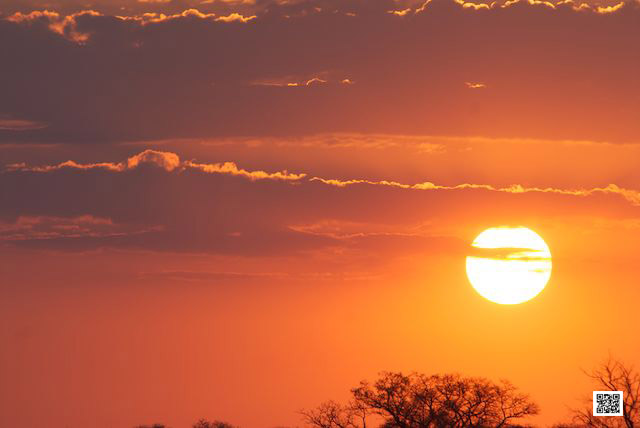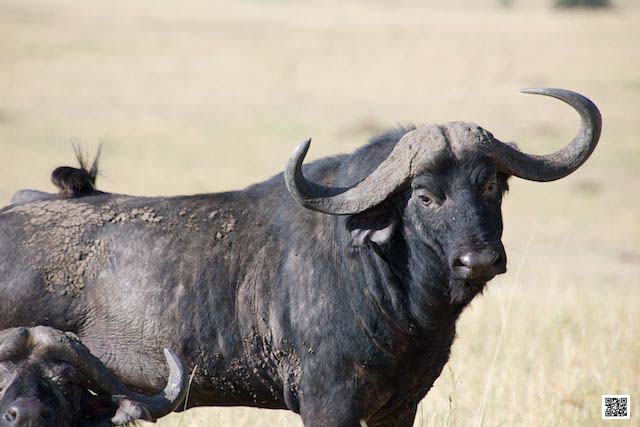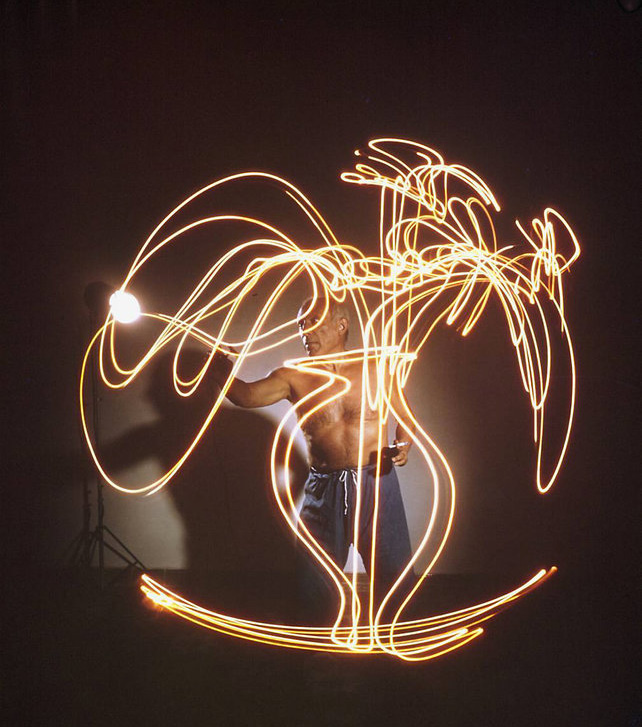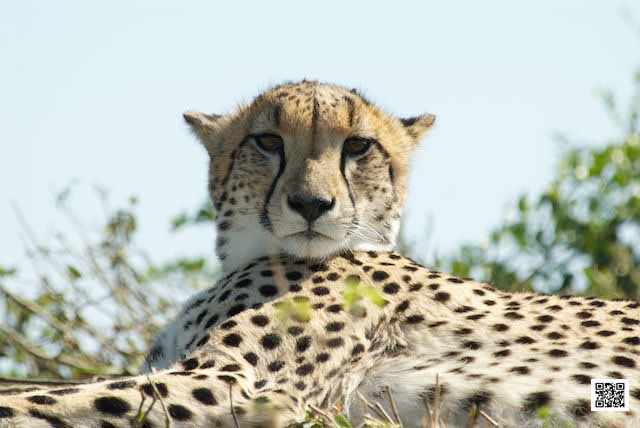13 January 2013
On Photo Safari: Auto ISO
19/01/13 08:39 Filed in: Photo Safari

From the point and shoot cameras to the professional digital cameras, all have the feature “Auto ISO” and although one might have learned during a photography course how to use the manual ISO settings, one often goes just back to use Auto ISO. It’s just convenient.
And it might work in most of the situations, but not as well when being on a photographic safari. Photographing in the bush is different and the auto settings often fail to match the light conditions there. The Auto ISO often goes too high and the images look washed out. Use in normal bush bright daylight ISO 100 and you will be fine. But keep looking at the light and adjust the ISO manually when the light gets lower. You will see the results are much better. Depending on what manual setting you prefer, rather leave the ISO at 100 and play with the aperture.
Happy playing!
Ute Sonnenberg for www.rohoyachui.com
How to Communicate through Images
18/01/13 07:30 Filed in: Insights & Opinion

A picture says more than a thousand words. Nothing is truer. Do you know how your granddaughter looks like when her mother tells you or do you rather want a photo of her? But what more is in the picture than her curly hair and her pretty face?
When you look at photographs, you can feel immediately the moment that was captured. Have a look at holiday photos, you on the game vehicle during a photographic safari or you swimming in the ocean or you and your family in the garden at home. You are back in that moment and you can tell immediately everything what happened at that moment, because photography captures a moment in all its dimensions.
This is great to experience holidays again and other memorable moments in life, but it is also very useful for everyday communication and even business communication and success. An image carries all sorts of information and one can utilize that for “noiseless” communication. Nothing is added or removed, the moment is captured or the information one wants to provide or the idea one wants to share. The image carries it, accessible to anyone at any time.
And the image tells even more than the eye first sees. Also the emotional dimension and intuitional dimension are captured and carried by the image. For what would one need that when showing a photo of a granddaughter? Grandmother would feel immediately if the child was happy or not, although it might show a smile, she would feel. And what works with the granddaughter works for all communication through images, for a decision to buy a house or to manufacture new shoes or to acquire a company. All information for decisions is in the image, one needs only to read it.
And here comes the most interesting part. We always read all dimensions of an image, like the grandmother the mood of her granddaughter, but we do that mostly unconsciously. In order to use photography for communication, we only need to do it consciously and we have an everyday practical and easy tool of visual communication.
Ute Sonnenberg for www.rohoyachui.com
Visit also Intuition Training, using communication through images.
Take an External Perspective for Better Insight
17/01/13 08:23 Filed in: Insights & Opinion

When you visit a museum, where do you stand to look at a painting? Do you stand right in front of the wall, your nose almost touching it or do you stand looking from a distance? Well, if you want to see exactly every brush stroke, you got to come close, but when you want to see the entire masterpiece, you got to watch from a distance.
Talking about an accident is easier when you were witnessing it rather than being involved yourself. You might become emotional while talking when you are one of the victims.
These are two everyday life examples, that having a distance allows a better view on things in their complexity. One can “walk” around a problem or case and see all its aspects from different angles, which result in deeper insights. Innovative leaders will practice that method and photographers do that as well, constantly.
Pretty much every camera has a zoom and if not in the camera, the photographer has most likely a zoom lens. And what are they doing? Zooming in and out constantly to capture the subject the way they experience it, some more closely, others more from a distance. A photographer has always an external perspective and that makes it possible that they can photograph scenes one can hardly look at. Like being a victim of an accident or witnessing an accident, being a witness gives the distance and the insights.
Ute Sonnenberg for www.rohoyachui.com
Photography for Thought Leaders
16/01/13 07:49 Filed in: Insights & Opinion | Photography & Art

Thought leaders are the men and women who guide whole nations and economies into the future, only think of Steve Jobs and his visionary spirit. There is a common sense that visual content, visualizations and pretty much everything will have a virtual existence in the future and that can only mean that photography will play a major role also for thought leaders. How are they communicating in a visual age? Most likely through images and even being not a thought leader one takes rather a photo of a house than trying to explain the husband which house could be a possible home and why. Thought leaders will communicate with their teams through images, team buildings will use photography to align the team members and successful leadership will be measured on how good a leader can communicate with visual content and visualize goals.
Well, none of the leaders needs to be a photographer to be able to communicate through photography, a cell phone is enough, yet there might come a big increase of hobby photographers out of it as well. And that would be great. Photography is just magic.
Ute Sonnenberg for www.rohoyachui.com
Dont' Fear Failure, fear Fear Itself
15/01/13 11:47 Filed in: Insights & Opinion

What do you think about yourself as photographer? How do you feel when others look at your photographs? Probably you feel insecure and afraid that they might not like your photos. Maybe you think during a photo assignment constantly “I hope they will like it” and in photography courses you dare not to ask a question. Sound familiar?
If your answer is yes, you will also know how the results look like when you were afraid of failure during a photo shoot. Most likely you were not happy with them. Maybe your camera was shaking and the subject was not in focus. And for wildlife enthusiasts a lot of other fears can come on top of the fear of failure during a photographic safari, like the fear of the camera getting to dirty, the fear of getting lost or of being run over by elephant. Seems that there are many things in photography one can be afraid of. But the one thing one really needs to be afraid of is the fear itself.
Being afraid makes a photographer being less engaged with the light and subject and even worse, the fear will show in the images.
Be conscious that not everybody will love your photographs, but that doesn’t mean they are a failure, they just do not appeal to them for individual reasons. And there are no stupid questions. So, just ask what you want to ask in any photography course. Learn from other photographers, but do not compare yourself with their awards and magazine cover success. You are going your own way in photography and who had thought that Van Gogh would be world famous now at the time he lived? Maybe just time is not ready for you, but you are ready to enjoy your photography and keep doing that and be not afraid, there is no failure.
Happy snapping!
Ute Sonnenberg for www.rohoyachui.com
Picasso: Painting by Heart
14/01/13 08:55 Filed in: Photography & Art

Light painting has become a very popular kind of photography nowadays and there might be even photography courses in light painting to learn the technique. Only as a side note, photography itself is painting with light, but we understand as light painting now, that somebody holds a light source and paints with it while a camera captures the process.
It turns out that light painting is not new. Picasso did it already in 1949. The Albanian photographer Gjon Mili introduced him to it and Picasso was thrilled. Read here what Mili and Picasse created for Life magazine:
“So Picasso did his thing, in various darkened rooms of his studio. He drew a centaur, the figure of a woman, an elephant, and various faces using a small pen light. “He was so fascinated by the result that he posed for five sessions,” wrote Life magazine, for whom Mili was freelancing at the time. “Mili took his photographs in a darkened room, using two cameras, one for side view, another for front view. By leaving the shutters open, he caught the light streaks swirling through space.” The resulting images were published in a 1949 issue of Life, recently resurfacing after the magazine published about the archived images.”
(read the complete article from Co.Design here)
There are other images showing Picasso creating paintings with one stroke and they are already impressing, but this is just stunning. Be aware he doesn’t see what he is painting, at least not with his eyes. If there is any proof necessary, this shows clearly that painting was in his heart.
Wanna try yourself? Paint with your heart!
Ute Sonnenberg for www.rohoyachui.com
eBook: How to's Wildlife Photography
13/01/13 23:39 Filed in: Photo Safari | Photo Tips

Throughout this blog, posts are scattered with wildlife photography subjects, yet not in a very handy way for the reader to pick them together to read easily.
For those who would like to have them all easy to read in one place, here is the ebook How to’s Wildlife Photography with a selection of blog posts on the subject.
View and download the ebook here.
Happy reading.
Ute Sonnenberg for www.rohoyachui.com